The History of the Abbey
Santa Maria di Staffarda Abbey in Revello, near Cuneo, was founded between 1122 and 1138 and is one of Piedmont’s most fascinating and essential medieval monasteries. The original center of the Abbey was born on the ancient Marquisate of Saluzzo’s territory, surrounded by the peace of the lowland facing the Monviso.
The Abbey’s monks, faithful to the Cistercian rule, which places manual labor at the center of spiritual life, enhanced the territory with sophisticated reclamation works, giving the Marquisate new fertile land to foster. In a few years, Staffarda becomes an essentially religious and agricultural center, crossroads of the surrounding countryside, place of worship, and exchange of land products.
The monastery became the heart of the community of Saluzzo, but in the XIII century, it started losing its strategic centrality. In 1690, the French troops, guided by General Catinat, invaded the Abbey during the Staffarda battle, destroying the archive, the library, and part of the cloister and the refectory.
With a papal bull issued by Pope Benedict XIV in 1750, Staffarda became part of the inheritance of the Mauritian Order of Turin, which still retains its timeless charm today.
The Architecture of Santa Maria di Staffarda
The rule of Saint Benedict, on which the Cistercian order is based, imposes frugality in every expression of religious life. Therefore, there are no sacred vestments and decorative elements in the name of simplicity without pomp. The rigor of the rule is also reflected in the Roman-Gothic architecture of the monastery: Staffarda stands out imposingly with three naves and a semicircular apses structure. Using natural materials, such as stone and exposed brick, reiterates the renunciation of any frill and embellishment.
Inside the Staffarda Abbey, you can see the slight constructive asymmetry, especially in the church, designed to enhance the spirituality of the place.
Stone and bricks alternate, creating recurring red and white motifs, and small red stars decorate the vaults of the naves.
Especially on the central one, it is possible to follow a path of symbols that goes from the world’s birth to the resurrection of Christ.
At the end of the apsidal basin, the Polyptych by Pascale Oddone from 1531, the wooden altar created by Agostino Nigra in 1525, and the sixteenth-century wooden group of the Crucifixion triumph.
However, the most mysterious emblem of the abbey is the Staffarda Rose located at the end of the right aisle: an intricate interweaving of curves and circles in an asymmetrical position concerning the wall. The rose is a drawing with a symbolic value that fascinates and intrigues many without revealing its origin.
The cloister, partly surrounded by small columns, was the center of the monastic life, as well as the place of connection of the various rooms of the complex, such as the refectory – where we find traces of a painting depicting “The Last Supper” – or the Chapter House, which can still be accessed today during guided tours of the Staffarda Abbey.
Outside, the façade with a four-arched portico, slightly set back from the rest of the structure, was built in a later phase. The guest house and covered market complete the complex. Built around the mid-14th century, it is characterized by cross vaults supported by pillars. The surprising element that arouses the curiosity of those who arrive are the small sculptures that decorate capitals and shelves, with human and animal heads and monstrous faces. In some cases, these small statues recall the conflict between good and evil in a symbolic form.
Staffarda Events
Staffarda Abbey through images
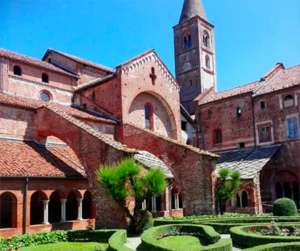
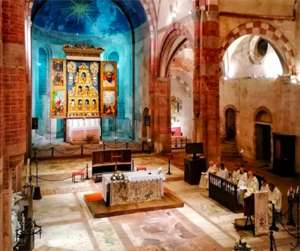
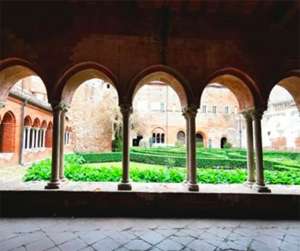
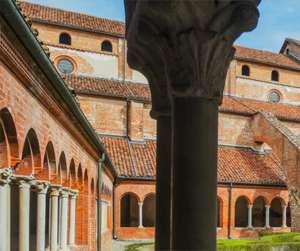
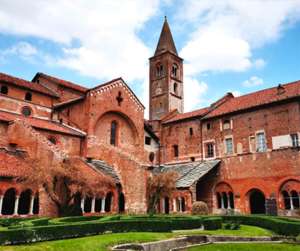
Info and Contacts
staffarda@biglietteria.